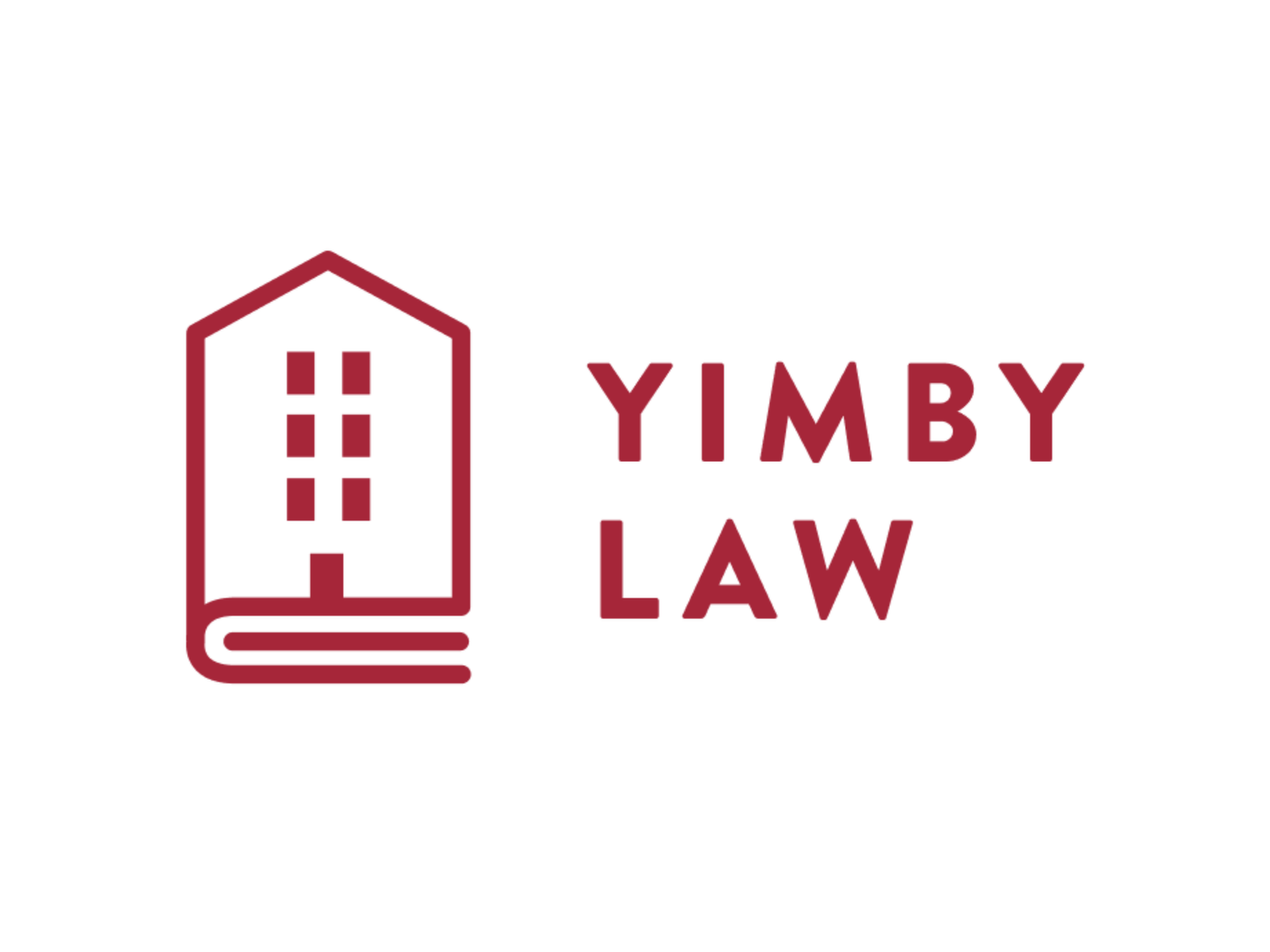Chico vs. SB 330
/Chico vs. SB 330
SB 330, which passed the legislature this session and was signed by the governor, creates a new set of restrictions on how cities are allowed to downzone or decrease the intensity of residential uses. Cities are now disallowed from decreasing density or height below whatever the permitted use and intensity was on January 1st, 2018. Unfortunately, the law does not take effect until January 1st, 2020. This gives cities until the end of the year to try to downzone, with no repercussions.
Chico is attempting to rapidly pass a reduction in density and height for one of their high density zoning overlays. The proposed changes will lower the permitted density and height throughout the Corridor Opportunity Sites Overlay from 65 feet and 70 units per acre to 45 feet and 30 units per acre. This is a significant change that would drastically limit the density of housing that could be built on sites within this zone.
The City claims that this will have little to no impact on housing production because applicants will be allowed to apply for increased density and height in return for additional restrictions, including limits on unit types and a range of subjective design standards relating to aesthetics, view preservation, and neighborhood compatibility.
This system is clearly designed to circumvent the Housing Accountability Act and insert subjective decision making in the process of approving zoning and general plan compliant projects. Under this permitting regime, the city could arbitrarily deny increased height and density based on subjective and poorly defined standards. As we have been enforcing the Housing Accountability Act, cities have gotten more creative with their permitting processes to try to preserve subjective standards in their code. This is a particularly blatant example but the strategy is not uncommon.
Our response to this proposed zoning and general plan amendment is made up of two parts. First, we have asserted that the HAA protects any ongoing projects from being subjected to the new zoning rules, should they pass. This is important as we have heard that the planning department is in the midst of attempting to negotiate down existing projects to lower densities and heights.
Second, we believe that the changes to the COS Zoning Overlay necessitate a new EIR or an amendment to the existing EIR for the city’s general plan. Existing case law supports the assertion that a reduction in density requires a new environmental study and has necessarily different impacts from increasing density. In People for Proper Planning v. City of Palm Springs et al., a Court of Appeals Judge ruled that Palm Springs was required to generate a new EIR for an ordinance proposing to remove density minimums.
You can read our letter to the Chico Planning Commission here and the planning staff’s response to our letter here.
On October 18th the proposed ordinance came before the Chico Planning Commission where it was passed and forwarded on to the City Council. The intention on the part of planning staff is to fast track the ordinance through the legislative process to get it passed before January 1st. We will continue to monitor this ordinance and take steps to ensure that the city prepares an EIR before ratifying this ordinance.

